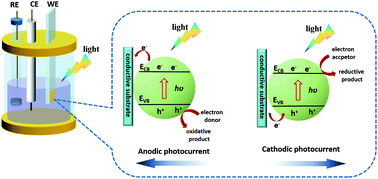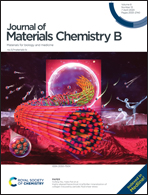Nanostructure-based photoelectrochemical sensing platforms for biomedical applications
Abstract
As a newly developed and powerful analytical method, the use of photoelectrochemical (PEC) biosensors opens up new opportunities to provide wide applications in the early diagnosis of diseases, environmental monitoring and food safety detection. The properties of diverse photoactive materials are one of the essential factors, which can greatly impact the PEC performance. The continuous development of nanotechnology has injected new vitality into the field of PEC biosensors. In many studies, much effort on PEC sensing with semiconductor materials is highlighted. Thus, we propose a systematic introduction to the recent progress in nanostructure-based PEC biosensors to exploit more promising materials and advanced PEC technologies. This review briefly evaluates the several advanced photoactive nanomaterials in the PEC field with an emphasis on the charge separation and transfer mechanism over the past few years. In addition, we introduce the application and research progress of PEC sensors from the perspective of basic principles, and give a brief overview of the main advances in the versatile sensing pattern of nanostructure-based PEC platforms. This last section covers the aspects of future prospects and challenges in the nanostructure-based PEC analysis field.



 Please wait while we load your content...
Please wait while we load your content...